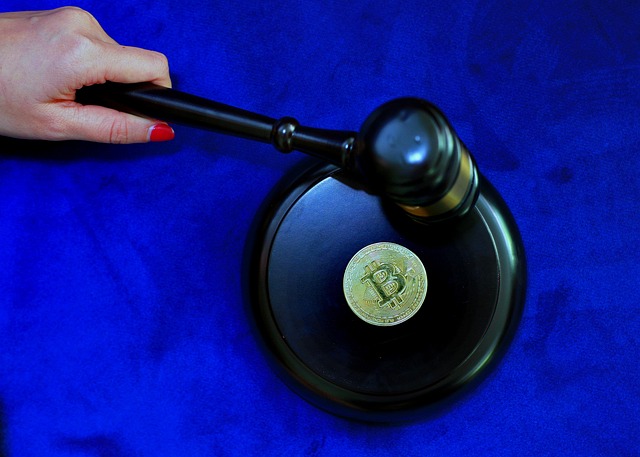
The Fourth Amendment
The Fourth Amendment to the United States Constitution is a critical component of the Bill of Rights, which was introduced by James Madison in 1789. This amendment is primarily concerned with protecting citizens from unreasonable searches and seizures by the government. It establishes a framework for law enforcement and sets boundaries on their authority, ensuring that individual privacy rights are respected.
Key Provisions of the Fourth Amendment
The Fourth Amendment states: "The right of the people to be secure in their persons, houses, papers, and effects, against unreasonable searches and seizures, shall not be violated, and no Warrants shall issue, but upon probable cause, supported by Oath or affirmation, and particularly describing the place to be searched, and the persons or things to be seized." This text outlines several important concepts:
- Searches and Seizures: The amendment protects against both searches (intrusions into personal privacy) and seizures (the taking of property).
- Probable Cause: Law enforcement must have probable cause, which is a reasonable belief that a crime has been committed or that evidence of a crime is present in the location being searched.
- Warrants: Generally, searches and seizures require a warrant issued by a judge, based on probable cause.
Historical Context
The Fourth Amendment was introduced in response to the Anti-Federalist concerns regarding the potential for government overreach. Early interpretations of the amendment were limited, primarily focusing on physical intrusions. However, landmark cases such as Katz v. United States in 1967 expanded the understanding of what constitutes a search, emphasizing that privacy expectations must be considered.
Enforcement Mechanisms
One of the primary ways the Fourth Amendment is enforced is through the exclusionary rule. Established in Weeks v. United States (1914), this rule dictates that evidence obtained in violation of the Fourth Amendment is generally inadmissible in court. This principle is often referred to as the "fruit of the poisonous tree," meaning that any evidence derived from an illegal search is also tainted and cannot be used in legal proceedings.
Challenges and Modern Implications
In contemporary society, the application of the Fourth Amendment faces numerous challenges, particularly with advancements in technology. Issues such as digital privacy, surveillance, and data collection have raised questions about how traditional interpretations of the amendment apply in the digital age. Courts continue to grapple with these issues, balancing law enforcement needs with individual privacy rights.
Conclusion
The Fourth Amendment remains a fundamental aspect of American law, serving as a critical safeguard for personal privacy and civil liberties. Understanding its provisions and implications is essential for recognizing the balance between government authority and individual rights in a democratic society.

















 The Health Care Sharing Ministry Tax Parity Act
The Health Care Sharing Ministry Tax Parity Act 
 Health
Health  Fitness
Fitness  Lifestyle
Lifestyle  Tech
Tech  Travel
Travel  Food
Food  Education
Education  Parenting
Parenting  Career & Work
Career & Work  Hobbies
Hobbies  Wellness
Wellness  Beauty
Beauty  Cars
Cars  Art
Art  Science
Science  Culture
Culture  Books
Books  Music
Music  Movies
Movies  Gaming
Gaming  Sports
Sports  Nature
Nature  Home & Garden
Home & Garden  Business & Finance
Business & Finance  Relationships
Relationships  Pets
Pets  Shopping
Shopping  Mindset & Inspiration
Mindset & Inspiration  Environment
Environment  Gadgets
Gadgets  Politics
Politics 